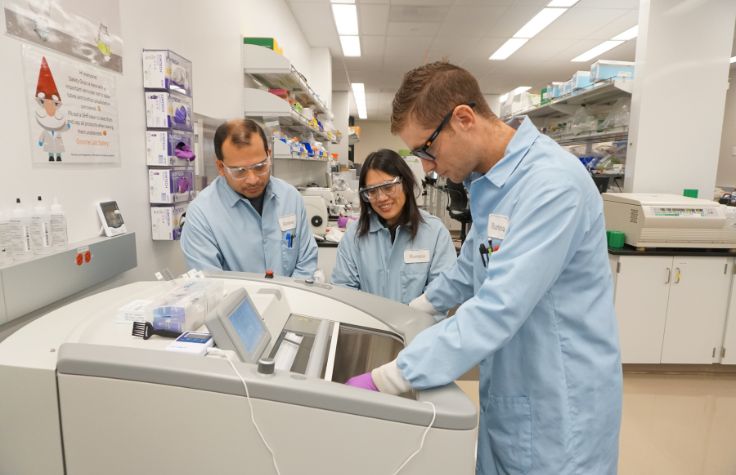
30 October 2015
Every cell in the human body has long strands of deoxyribonucleic acid (DNA) compactly folded inside its nucleus. This is made possible by chromatin, the complex of macromolecules that package each cell’s DNA into a small, condensed volume and protects its structure and sequence. Understanding chromatin and this dynamic architecture are crucial to understanding how the genome works and scientists are now finding new ways to delve into chromatin’s many biochemical mysteries.
Dr. William Greenleaf, an assistant professor in Stanford University’s genetics department, is focused on understanding how the two meters of DNA in each cell nucleus are stored. According to Greenleaf, about 95 percent of the genome is folded and sequestered away in the chromatin and only a small percentage is accessible to the transcription machinery. His team at Stanford is using Illumina’s MiSeq® and HiSeq® systems to learn more about the architecture of DNA and provide new insights into the development and treatment of cancer and autoimmune disease.
Learn more about Greenleaf’s research here.


